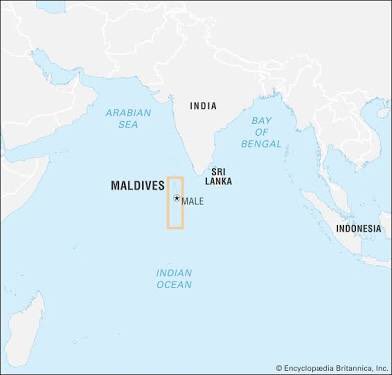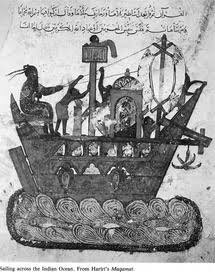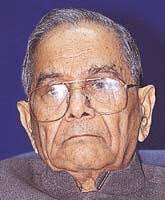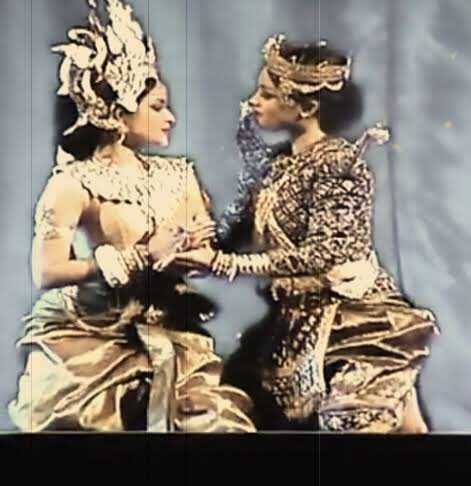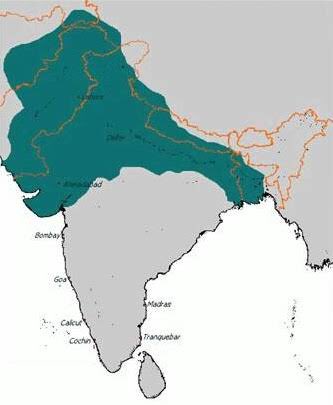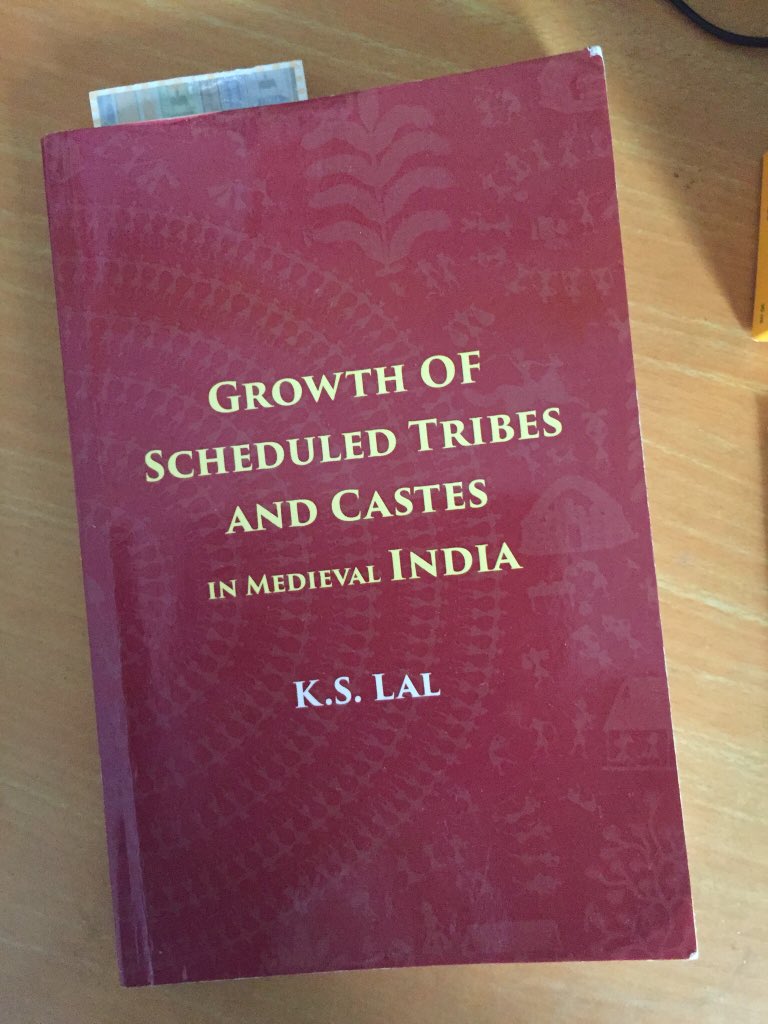
This is what Arab Geographer and traveller, Abu Zaidu-l Hasan, of Siraf (916 CE-?) [who based on his travel to India in 10th century CE and reading and questioning Persian and Arab travellers and merchants to India like Sulaiman and Al Masudi,... 





.. compiled and supplemented the travelogues] has recorded about royal women and veils👇 in Medieval India m, before Islamic rule firmly established in India :-
#veil #History #India #Medieval #woman #royal #princess #thread
#veil #History #India #Medieval #woman #royal #princess #thread
“Royal women are not veiled.Most of the princes of India, when they hold a court, allow their women to be seen by the men who attend it, whether they be natives or foreigners.
No veil conceals them from the eyes of the visitor.”

No veil conceals them from the eyes of the visitor.”

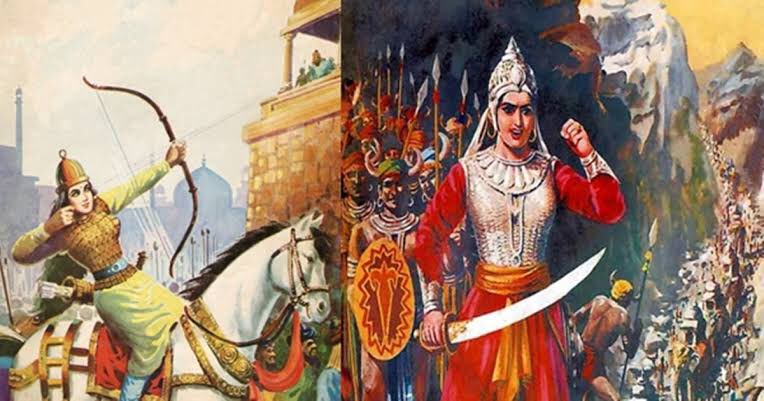
A curious history enthusiast can identify the underlying tone of the writings of the Arab and Persian travelers here, regarding absence of any purdah or veil on royal women in India in and around 10th century CE. They were shocked and baffled to see the independence..
..& empowerment enjoyed by royal women in royal proceedings and how they interacted authoritatively with natives & foreigners alike with no prejudice from king or society, which was evidently a departure from the Islamic practice of keeping their women in veil, then & even now.
Source and Credit :
1)THE INDIA THEY SAW (VOL-2) by MEENAKSHI JAIN
2)Elliot and Dowson, vol., I, p., 11, The History of India As Told By Its Own Historians, Low Price Publications, 1990.

1)THE INDIA THEY SAW (VOL-2) by MEENAKSHI JAIN
2)Elliot and Dowson, vol., I, p., 11, The History of India As Told By Its Own Historians, Low Price Publications, 1990.

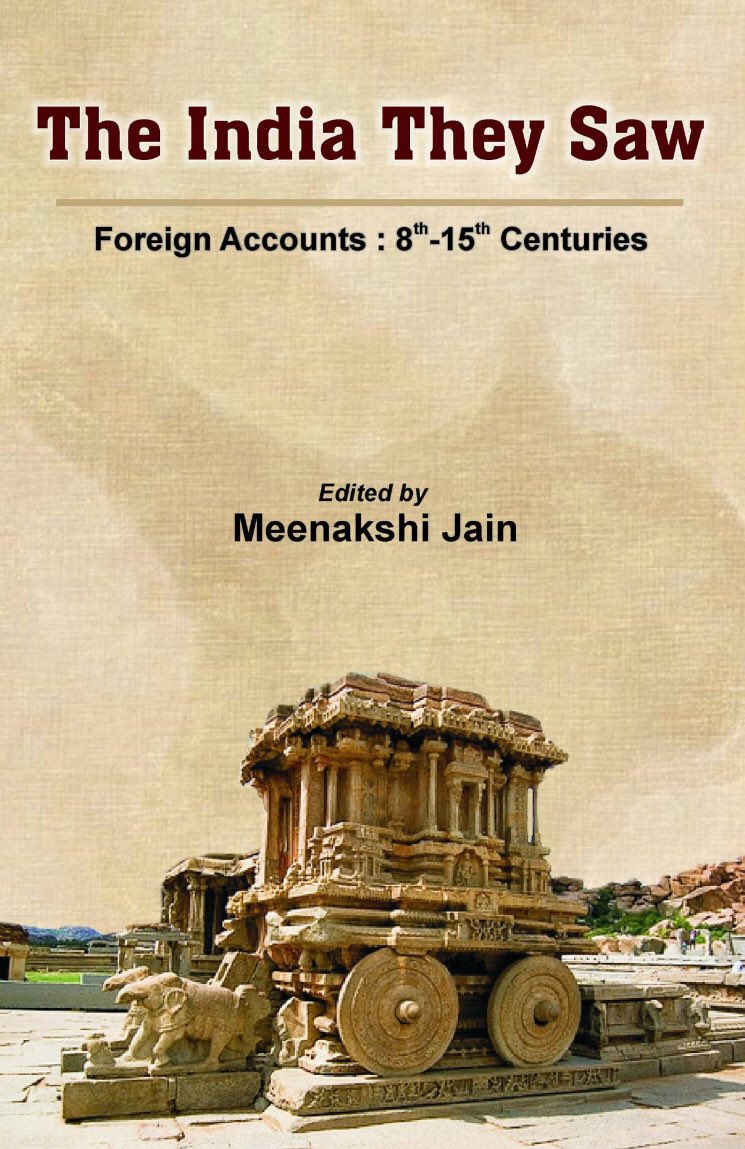
@AartiAuthor @harshasherni @PragTi09 @JyotiKarma7 @Ms_Poojaraj @mamatarsingh @Voice_Of_Dharma @Itishree001 @MsStilettoes @Shiv_Sharwani11 @Mahender_Chem @DeshBhaktReva @Savage_shree @VaruKrutika @dhingramahima9 @apparrnnaa @i__Mystic @Shailesh_2017 @shradhasumanrai 👆
@VedicWisdom1 @raj_010101 @CoreDharma @balajidesigr @Mishra_Jiiiii @Mahadevangini @Factualpwrcrown @Divya_Adishakti @divya03911 @unheardvoice07 @Tanvangi17 @VertigoWarrior @jammed_circuit 👆
Indian women have been always like this 👇before the dark Middle Ages engulfed the society under foreign rule- first Islamic and then colonial. 

• • •
Missing some Tweet in this thread? You can try to
force a refresh









